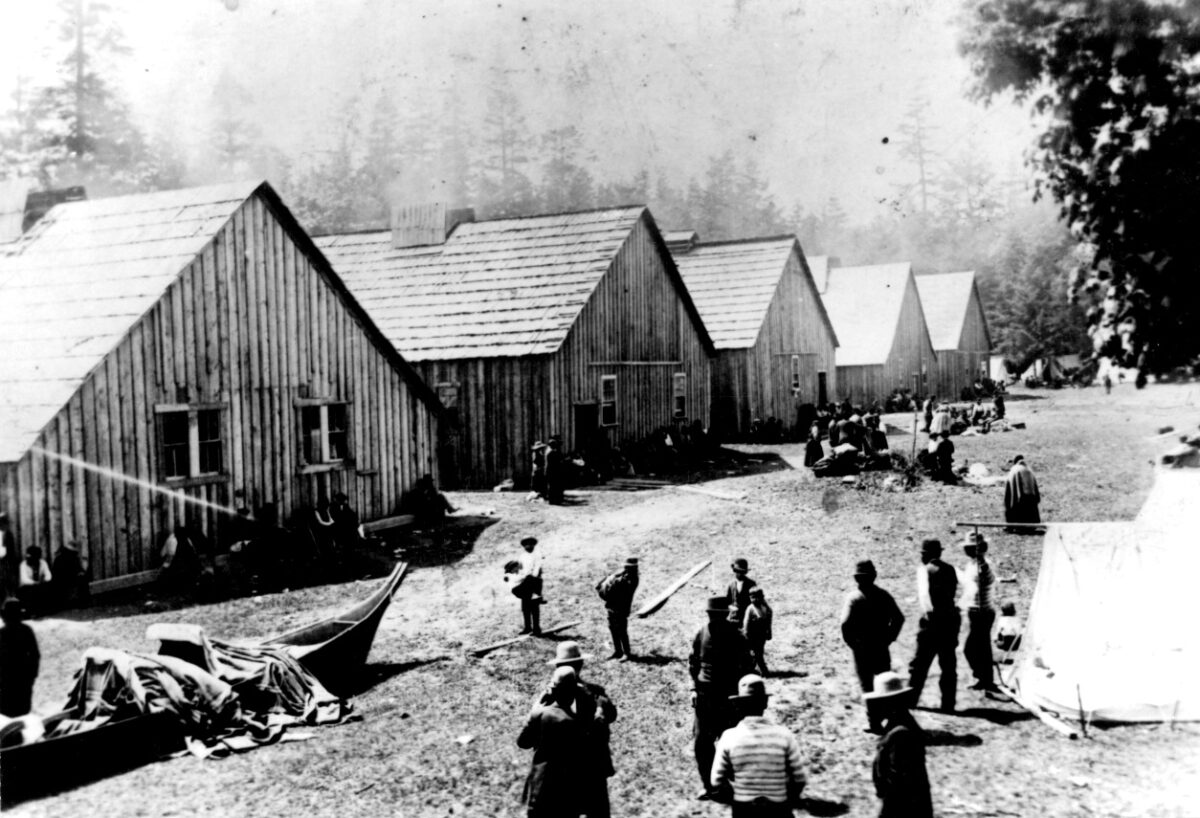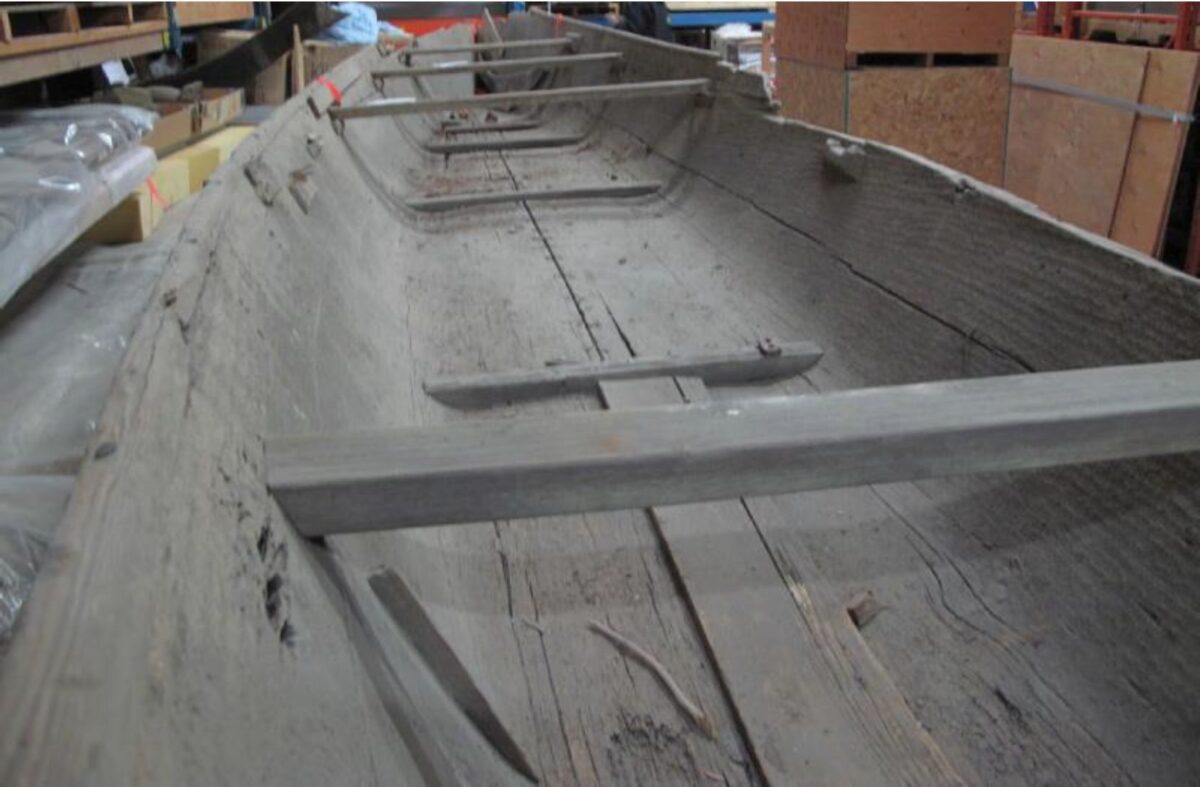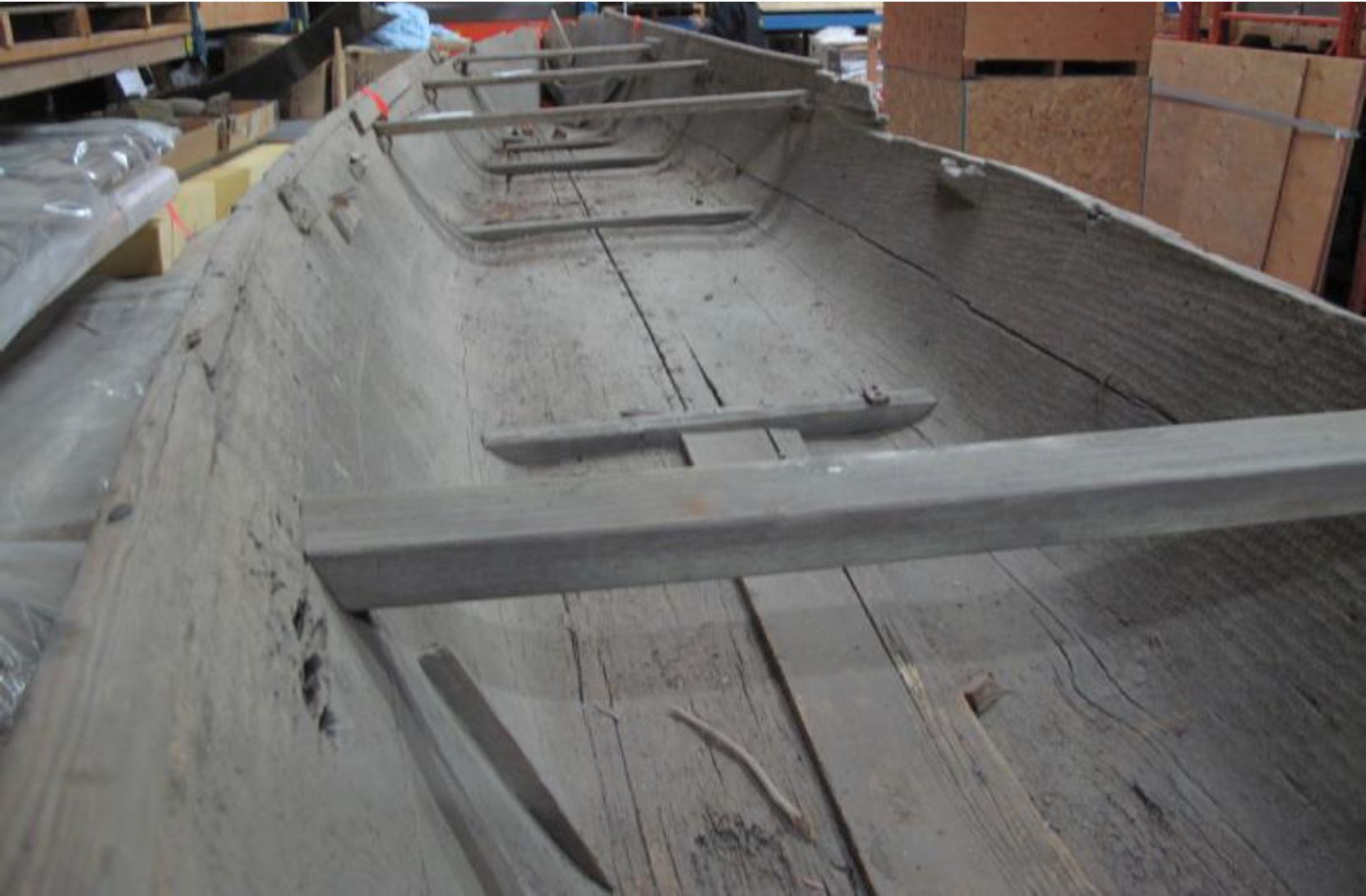
The Great Songhees Potlatch of May 16-27, 1913. In 1911, the Songhees moved from their historic period reserve in the inner harbour (1844-1911) to a new reserve above Esquimalt Harbour where European style houses were built. At Maplebank, along the waterfront, five new buildings were constructed, commonly called Long Houses or Big Houses. These were a blend of both traditional and European style house construction, and used mostly for activities such as social gatherings and canoe building. Figure 1, shows the five new longhouses owned by: Left to right: Chief Michael Cooper; William Roberts; Jimmy Fraser; Jimmy Johnny; jointly owned by Alex Peter and Jack Dick. Chief Michael Cooper and representatives of Songhees families held a series of Potlatches over … Continue reading “Honouring the Ancestors”



